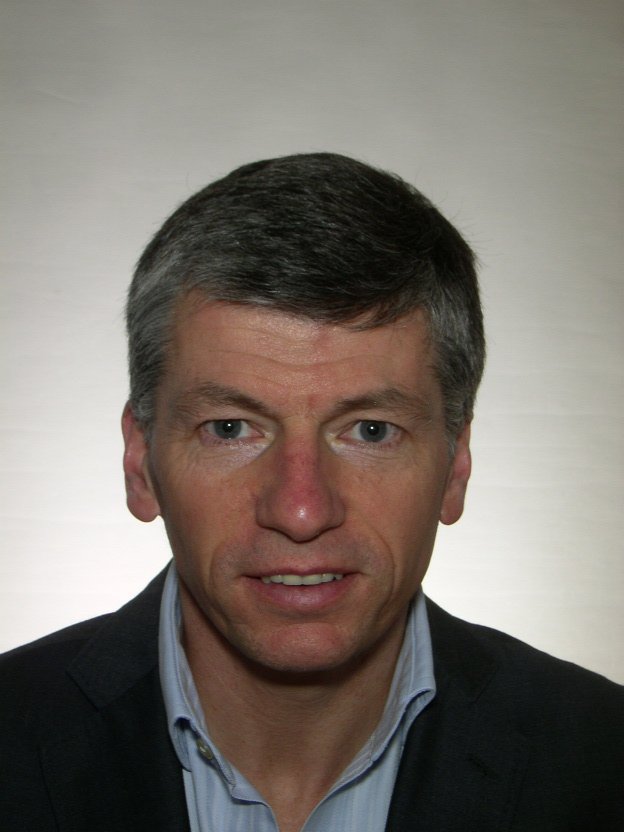Part 1 – The Next Generation Risk Management Approach: Whole Life & Whole Organisation
By Anthony Phillips, Managing Director, WellKom International
This article is one of a series of three being published this week in conjunction with Anthony’s talk at the British Safety Council’s Global Risk Symposium at Excel on Thursday 18th June 13.00 to 14.15. Or, contact him on [email protected]
In this part Anthony picks out some of the evidence / insights from his travels around the globe promoting the Whole Life & Whole Organisation approach to Risk Management. Risk of not achieving high performance; accidents to employees, to customers and to citizens; of mistakes / shortfall in quality and their repercussions; absences short and long, presenteeism (coming to work when unwell / below par), people leaving – employees and customers.
If you look at your own organisation think about whether these are challenges / trends which are relevant to your own employees and how does this impact on risk from safety, quality, performance, attraction, retention, succession planning, cost, litigation etc?
Maybe there are others? (Could ask the reader to submit others by Twitter / email?)
Malaysia – Malaysian Employers Federation research presented recently findings that the many employees felt that their workload had intensified significantly due to the impact of globalisation.
Belgium – 74% of employees in recent survey don’t believe they can keep up the same pace of life up to 65 years old – the government has plans to raise the retirement age to 67.
From the same sample of employees 6 out of 10 fear that the cause of stress and burn-out is not uniquely work related but relationship problems, depression, inability to sleep, nutrition, skin disorders and many other problems.
USA – A special edition Time Magazine I saw in May 2015 was entirely dedicated to the subject of sleep. One article revealed that some Americans were getting generally 1 hour of sleep less per night than others.
UK – May 2015 a survey on lunch breaks – an opportunity to recharge both mentally and physically – found only 29 percent of employees are able to take a full hours’ lunch break, resulting in lower productivity rates.
UK – Tiredness is the main concern in one in five consultations, according to a survey of 300 GPs, who said often the symptoms had been caused by dehydration.
Columbia – “Poor mobility leads to millions of wasted trips, which means a waste of life, time and energy,” says Gustavo Petro, Bogotá’s mayor. As of yet Bogotá is not yet in the top 10 most congested cities globally but as economic development continues who knows.
Canadian researchers concluded that commuting can be so stressful that it can cause professional burnout. About a third of commuters in the UK are believed to be affected negatively by their daily trip.
What they show is some economic / market risk factors are outside the sphere of influence / control of you and your organisation. This presents a real challenge then to the traditional / current stress management approach where the emphasis has been solely on the employer to take action – to reduce the demands on their employees, to reduce the amount of change etc. Is this really an option for companies or even public sector organisations – their budgets are cut centrally and it has become a fact of life of “do more with less”.
Another challenge is the evidence and impact of non- work risk factors on the person. The new law in Belgium requires employers to take proactive steps to prevent burn-out. But if the focus is only what is happening at work, not a whole life approach, how effective is this going to be?
On the other side of the equation is the capability of employees to manage their personal wellness – how well developed is this capability and how can be it improved.
Not just the overall increase in commute times but also the general uncertainty of the arrival times – not just to start work but appointments and then of course private engagements.
What about flexi-time or, home working? Either to stagger times or, avoid the commute?
But to design and implement such policies and practices successfully requires a whole organisational approach. Fundamental questions relating to job design, rust, performance management, and personal work control – to name just a few aspects – all need to be considered.
The same for sleep. WellKom is working with one employer who discovered, based on the insights from the WellKom management information from the individual wellness profiling and development (note avoiding yet not another survey!), that people were not sleeping well and were dis-satisfied with the scheduling systems. The changes made required a multi-disciplinary task force. WellKom is now evaluating the improvements in the physical and mental capacity to perform and the reduction in risk.
I trust that these examples have provided food for thought and an understanding of why the next generation of Risk Management needs to take a Whole Life / Whole Organisation approach.
For those of you who are not yet convinced or need more evidence then look out for article number two. The third will look at possible solutions and the ways WellKom measures improvements individually and organisationally.
 Anthony Phillips
Anthony Phillips
Part 1 – The Next Generation Risk Management Approach: Whole Life & Whole Organisation
By Anthony Phillips, Managing Director, WellKom International This article is one of a series of three being published this week
Safety & Health Practitioner
SHP - Health and Safety News, Legislation, PPE, CPD and Resources Related Topics
Inclusivity in PPE: The manufacturer’s perspective
Key updates: Common assessment standard and public procurement
Future-proofing safety: Five trends shaping the PPE landscape of tomorrow

